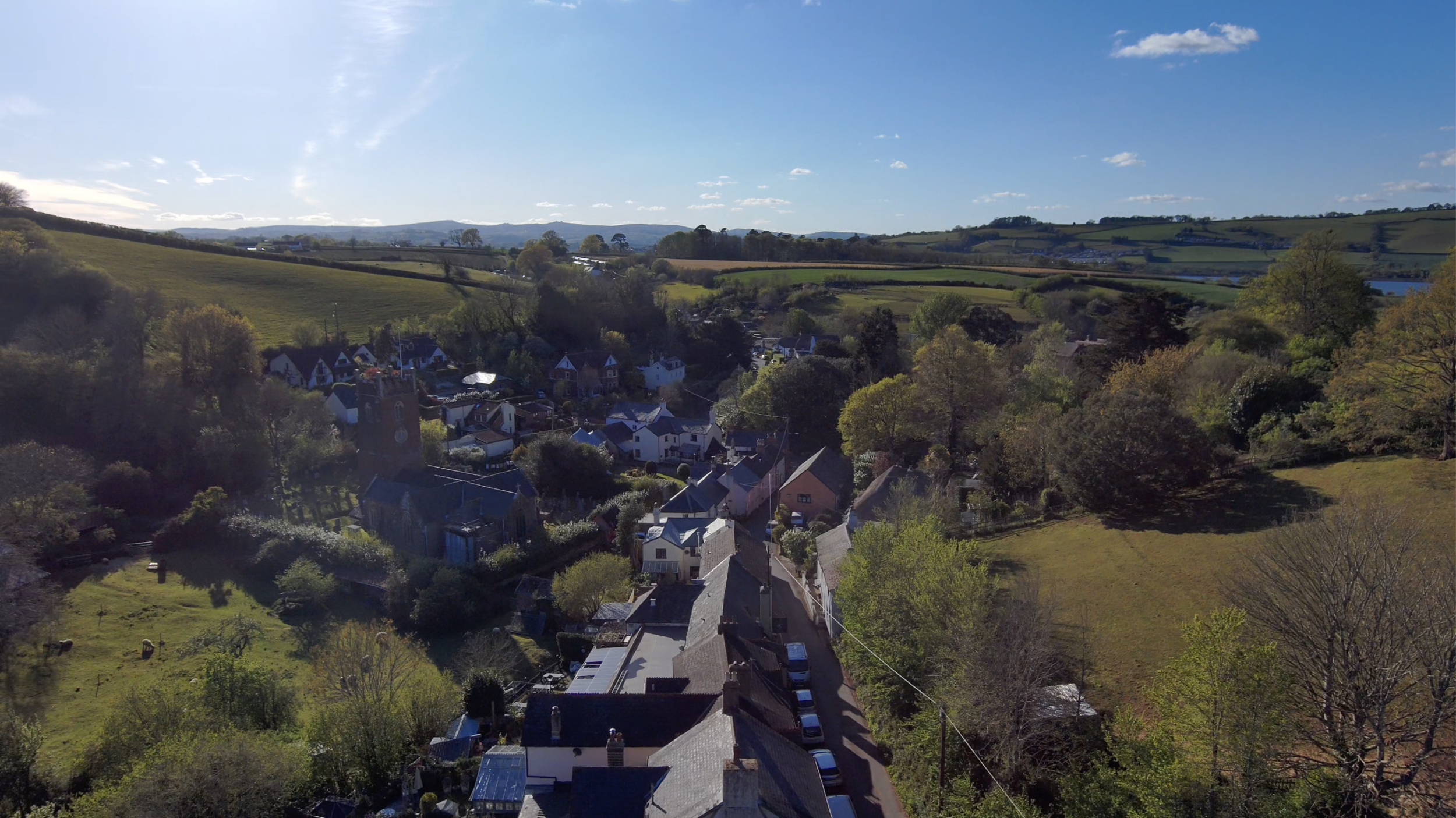About
GV II
In its current form it was built mid 17th Century, but possibly a remodelling of an earlier house Frog Cottage was built using whitewash plastered cob and stone rubble with a thatched roof and a plain ridge, described on the Grade II listed website as having half-hipped at ends roof, 2 projecting rear lateral stacks, and a projecting left end stack with bread oven bulge.
Inside some of the 17th century carpentry still survives and is the partition between the living room and the kitchen. Likewise there are scratch moulded joists and scroll stopped cross beams as well as an open fireplace with a chamfered stopped lintel and red sandstone jambs all circa 17th century.
In the 18th Century the house converted into 2 cottages but probably changed back during the 19th Century when it was called Tarr’s Cottage and then Sally’s Cottage, probably referring to Sally Cumming who was the wife of the local thatcher William Cumming. Later in the 20th Century a porchway was added to the back of the cottage and renamed Frog Cottage which is as it stands now. Frog Cottage fronts the main street through the village and makes an important contribution to the conservation area.
Designated a conservation area in 2000 Combeinteignhead is ideally located to explore the South West. 1/2 mile from the coastal beaches to the east or the estuary to the north Combeinteignhead is only 20 minutes from Dartmoor, 20 minutes from Exeter, and 35 minutes from Plymouth. The outdoor possibilities of the area are endless, with beautiful walks, fishing, kayaking, mountain biking, horse riding all on your doorstep.
Then to finish the day off there is a celebrated 17th Century pub called the Wild Goose 50 metres from the front door, or about 1/2 mile away another great pub called the Coombe Cellars which centuries ago was used by smugglers.
